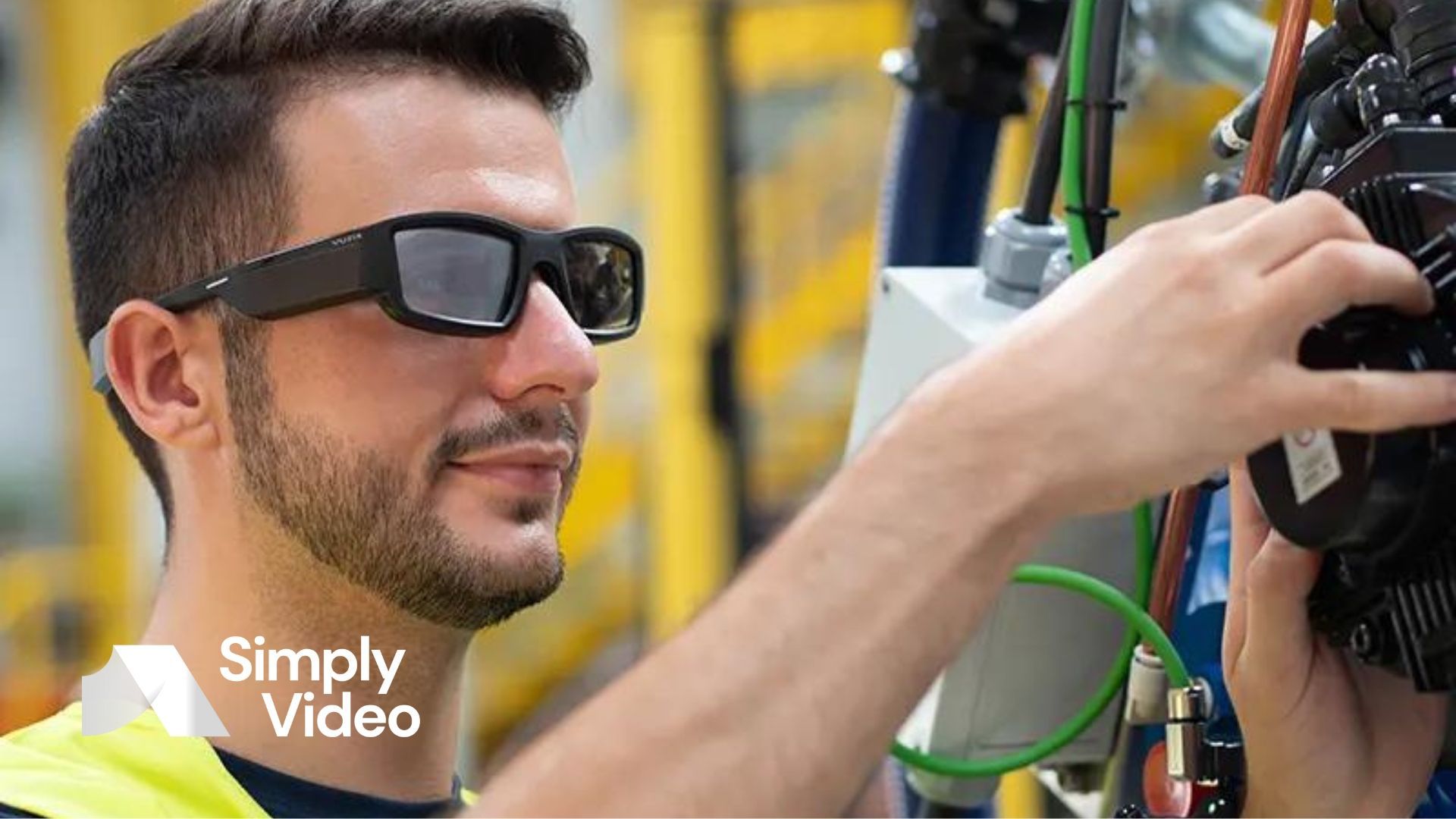3 smart connectivity solutions for remote locations
XR devices can connect teams even when they're in remote locations. But how, exactly, do they get online? Discover 3 connectivity solutions in our guide.

If you're interested in the business potential of extended reality (XR), you've probably heard how the technology can connect teams – even when they're stationed in remote corners of the globe.
Using XR headsets, paramedics can dial into video calls with medical experts. Oil workers can deliver remote training, right there at the drill site. And construction workers can conduct "see-what-I-see" site tours, long before the building is equipped with internet infrastructure.
So far, so innovative. But how, exactly, do these field workers connect with colleagues? How do they get online when they're in the furthest flings of Russia or Rutherglen?
There are several ways around this problem. Here are three of them.
1. Cellular modems
This might be the simplest solution – at least if you define "simple" as "having the smallest hardware footprint".
A cellular modem connects your XR device directly to the internet using 4G or 5G. These are the same wireless broadband networks that let you check emails and upload holiday snaps with your smartphone.
The modem might be built-in to your device or available as a separate dongle. For instance, RealWear's popular HMT-1 headset can access the internet directly using an optional add-on.
Getting up and running is as simple as signing up for a cellular plan and installing a SIM card. Chances are, your organisation already has a business mobile provider you can turn to.
Advantages
The key advantages of cellular modems are their neatness and portability.
You don't need to carry around a WiFi hotspot. And you're not relying on any infrastructure, except the cellular waves that are already bouncing around the planet. All you need is a compatible headset – or a simple dongle – and you're free to roam with the internet at your disposal.
For this reason, cellular modems suit workers who are constantly on the move. Think paramedics, police and other first responders.
Disadvantages
Cellular modems can only connect when they can pick up a signal. Whether this is a problem depends on just how "remote" your remote workers are.
In the UK, for instance, most major mobile networks provide 4G coverage for at least 99% of the population. In practice, this means you shouldn't have to worry about signal if you're in a major town or city.
If your staff are climbing mountains – or are stationed in a less 4G-friendly part of the world – you're more likely to suffer connectivity issues.
Scalability can be an issue too. Cellular modems are neat, self-contained solutions – but this advantage turns into a pain point when you want to deploy multiple devices, all of which need their own dongles, SIM cards and cellular contracts.
2. Mobile hotspots
Mobile hotspots – or mobile routers – work similarly to cellular modems. They're small, portable devices that provide internet access on the go.
The difference is that hotspots are not self-contained solutions. They don't connect individual devices directly to the internet but act as hubs that allow several WiFi-enabled devices to connect simultaneously.
In terms of functionality, they're exactly the same as the WiFi router in your house. However, rather than connecting through phone lines, they use 4G or 5G mobile networks.
Mobile hotspots come in several forms. You can buy a battery-powered device whose sole purpose is to act as a hotspot, or you can use a multi-purpose mobile device such as a smartphone.
Advantages
Mobile hotspots have many of the same advantages as cellular modems. Portability and simplicity are their strengths.
Unlike with cellular modems, however, multiple devices can connect to a hotspot at the same time. This means one hotspot can keep a whole team connected.
Disadvantages
Again, cellular network coverage is everything. If your carrier doesn't cover the area you're in, you can't get online. Simple as that.
What's more, workers are limited by the range of the hotspot itself. A typical mobile router has an outdoor range of around 92 metres. Staff need to either carry a battery-powered hotspot with them or work within a static router's WiFi radius.
3. Satellite internet
Traditional internet connections rely on phone lines to work, so are more or less limited to populated areas. Mobile solutions like cellular modems and hotspots use 4G or 5G networks, so can only be used in places with network coverage.
But what if you don't have a phone line
and
you're in a mobile dead zone? In this situation, you can use a satellite internet connection instead.
As the name suggests, satellite internet uses orbiting satellites to bounce data to and fro. This allows for wide-ranging network coverage – users can access satellite internet even in extremely remote rural areas.
Of course, you'll need a specialist data plan and some equally specialist hardware. Satellite internet requires a satellite dish – to send and receive data – and a compatible router, which extends internet access to WiFi-enabled devices.
Advantages
Satellite internet provides a fixed and relatively reliable internet connection that works virtually everywhere. This has made it a popular solution for maritime and military organisations, as well as for oil and gas companies. It's less suited to situations where portability is key, such as paramedical care.
Disadvantages
Satellite internet is expensive to install and maintain. And while it's generally reliable, it can be adversely affected by poor weather conditions. If it's cloudy, signal strength may drop – though it's unlikely you'll lose your connection entirely.
Bandwidth limitations and latency can also cause problems. A single satellite may allow for bandwidth of around 260 gigabits per second, but this has to be shared between thousands of users. While bandwidth is improving as the technology develops, you can still expect relatively slow connection speeds compared to consumer broadband.
How SimplyVideo can help
SimplyVideo is a
video collaboration software platform that works on practically any device – including enterprise XR devices.
The platform is packed with features to enhance collaboration, improve productivity and close knowledge gaps. And, best of all, you don't need a high-speed fibreoptic broadband connection to take advantage of them.
See, SimplyVideo is specially designed to work beautifully in bandwidth-limited areas – including situations where you have to rely on non-traditional internet solutions.
If you're on an oil rig, at a military camp or out in the field delivering emergency care, SimplyVideo can keep you connected. The same goes for rural office workers who are still waiting for full-speed fibre.
Want to know more? Read our post,
"Three use cases for low-bandwidth video streaming" – or dive right in with a
30-day free trial.












